Do you hope to find 'how to write anglo saxon poetry'? You will find questions and answers on the subject here.
Table of contents
- How to write anglo saxon poetry in 2021
- Characteristics of anglo-saxon literature
- Anglo-saxon poetry pdf
- Anglo-saxon poem examples
- Anglo saxon poem examples
- Write a poem about your dragon mimicking anglo-saxon style
- Anglo-saxon poetry characteristics
- Characteristics of anglo-saxon literature pdf
How to write anglo saxon poetry in 2021
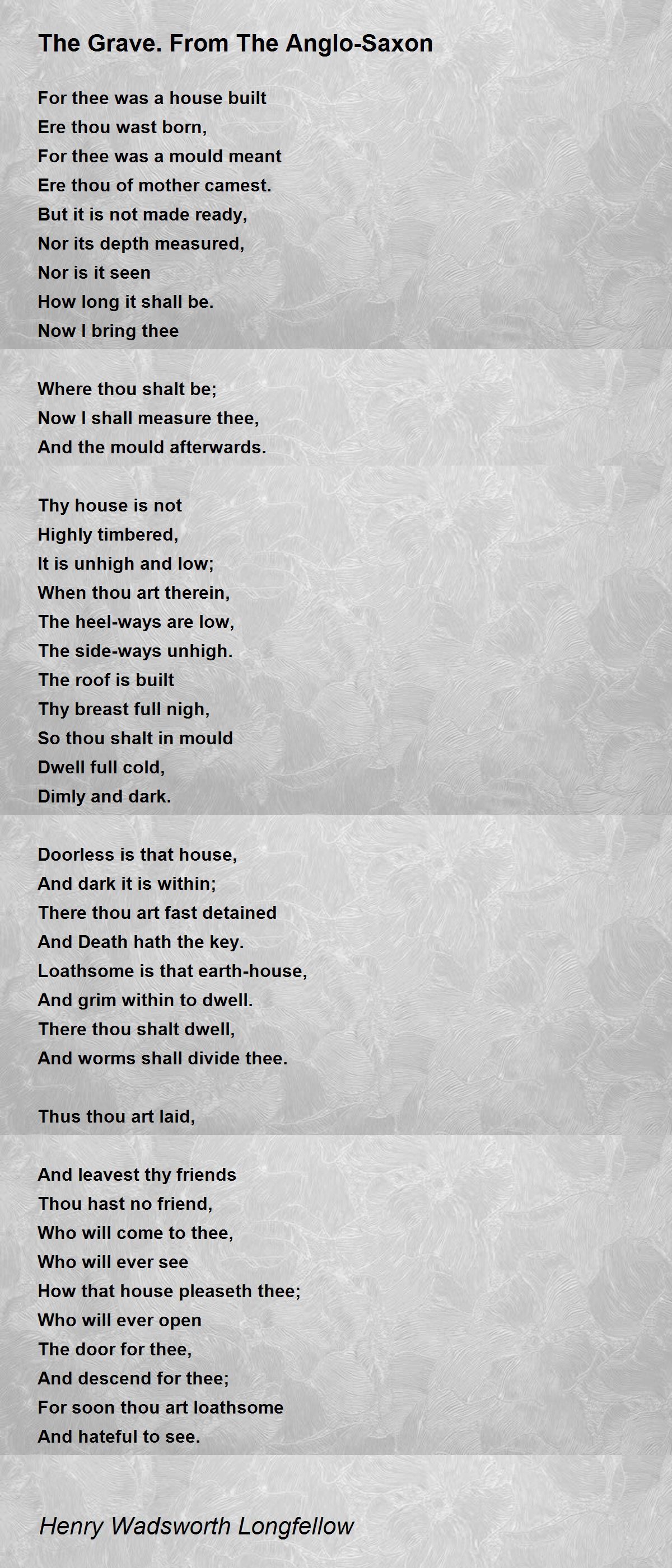 This picture illustrates how to write anglo saxon poetry.
This picture illustrates how to write anglo saxon poetry.
Characteristics of anglo-saxon literature
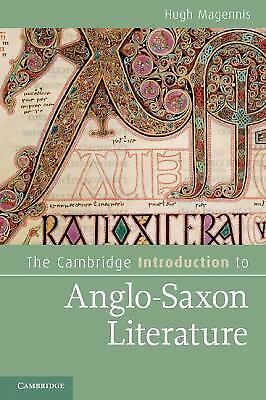 This picture illustrates Characteristics of anglo-saxon literature.
This picture illustrates Characteristics of anglo-saxon literature.
Anglo-saxon poetry pdf
 This picture demonstrates Anglo-saxon poetry pdf.
This picture demonstrates Anglo-saxon poetry pdf.
Anglo-saxon poem examples
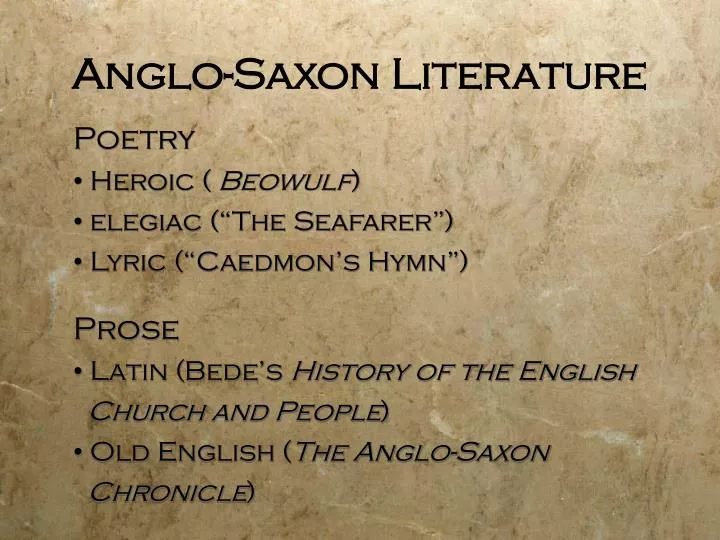 This image demonstrates Anglo-saxon poem examples.
This image demonstrates Anglo-saxon poem examples.
Anglo saxon poem examples
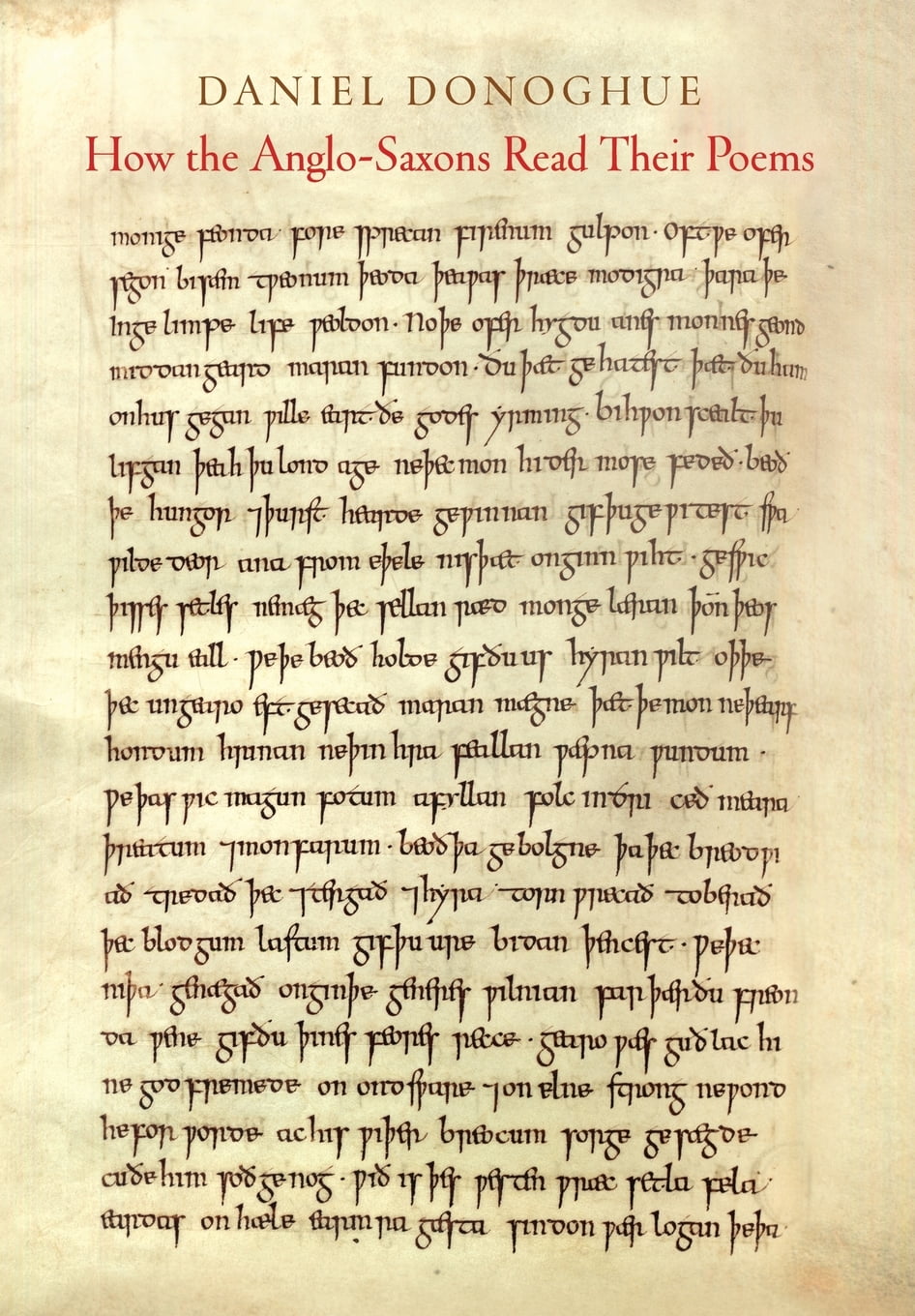 This image illustrates Anglo saxon poem examples.
This image illustrates Anglo saxon poem examples.
Write a poem about your dragon mimicking anglo-saxon style
.gif) This picture shows Write a poem about your dragon mimicking anglo-saxon style.
This picture shows Write a poem about your dragon mimicking anglo-saxon style.
Anglo-saxon poetry characteristics
 This image illustrates Anglo-saxon poetry characteristics.
This image illustrates Anglo-saxon poetry characteristics.
Characteristics of anglo-saxon literature pdf
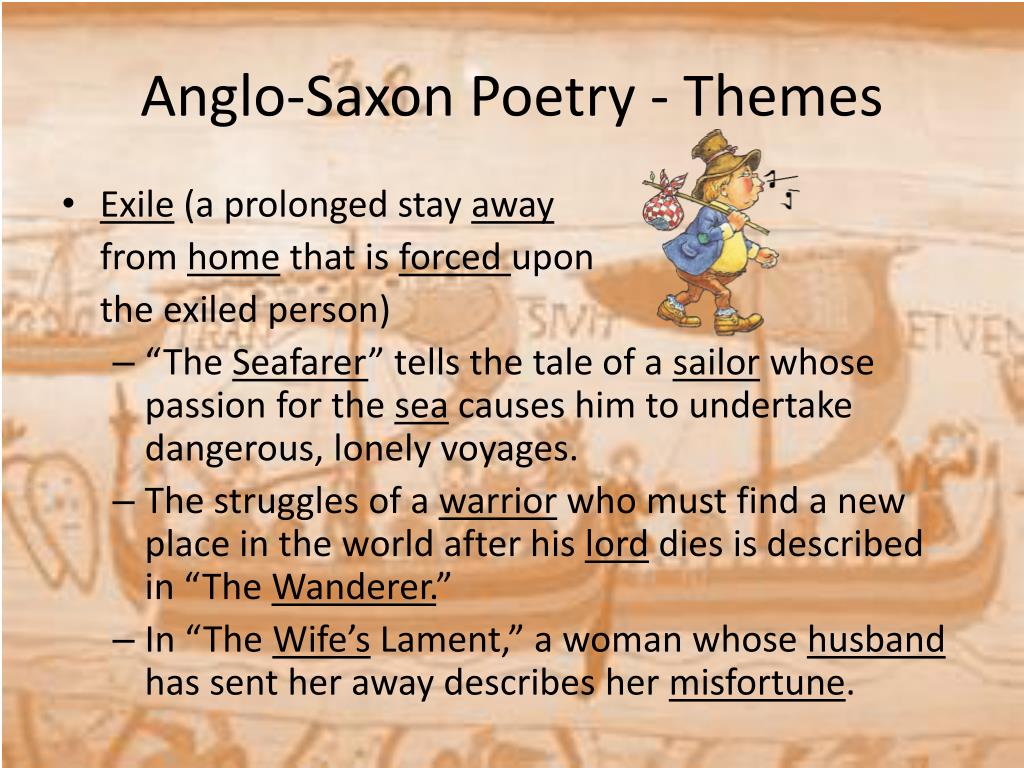 This picture representes Characteristics of anglo-saxon literature pdf.
This picture representes Characteristics of anglo-saxon literature pdf.
What did the Pagans believe in Anglo-Saxon poetry?
Pagans believed in many gods and in fate, which meant everything in life was predetermined and nobody had control over it. These ideas were expressed in many Anglo-Saxon poems. In “The Dream of the Rood,” Christianity is expressed very powerfully. Vivid imagery is included to demonstrate strong devotion to God.
What kind of poetry did the Anglo Saxons write?
In that span of time, they created a body of literature in Old English, a language that sounds more like German to our modern ears but is the oldest ancestor of contemporary English literature. Most of what we know about Anglo-Saxon poetry comes from the epic poem “Beowulf.”.
How are kennings used in Anglo Saxon poetry?
A kenning substitutes a noun with two other words that, when compounded together, describe the substituted noun. For instance, “wave-vat” is a kenning for “ocean,” and “battle-torch” is used in place of “sword” (and more specifically, a sword that has been sharpened until it shines like a torch).
Which is the best Anglo-Saxon translation of Beowulf?
One of the best-known translations of “Beowulf” by Seamus Heaney often sacrifices the meter of the poem and its kennings for the sake of sounding more natural in modern English, but it should give you some idea of how the rules of Anglo-Saxon poetry work: on His care and favour. So he overcame the foe, brought down the hell-brute.
Last Update: Oct 2021